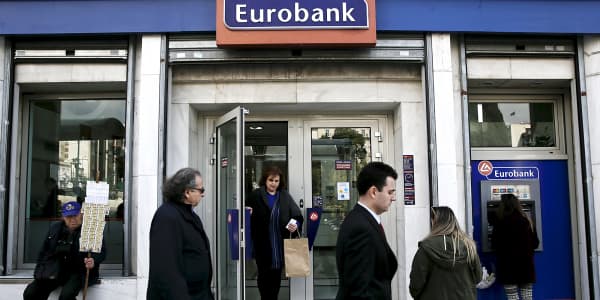Voters in the presidential contests may not realize they are not directly voting for a candidate. The primaries and caucuses are a process of selecting delegates or representatives of party members in each state to send to their party's national presidential nominating convention held in the summer.
At both nominating conventions, delegates cast their vote for a particular candidate based on the preferences of the voters in the state they represent. Since the major parties typically identify a nominee prior to their respective conventions, this process is usually considered perfunctory. Currently, the Republican Party has about 2,472 delegates and Democrats have around 4,764 delegates.
Though the main purpose of the primaries for both parties is to choose a candidate for president, the method by which this candidate is nominated varies by party affiliation and state. Adding another layer of complexity, Republican and Democratic parties in each state select delegates based on either a primary vote or a caucus.
What is a caucus?
A caucus is a local meeting financed by the major parties in which rank-and-file voters convene to display support for the various candidates. They are usually held at a public venue, such as a school gym or a town hall. Those who take part in a caucus select delegates who will represent them in voting for their candidate at the national convention level.
Marking the start of the election season, the first caucuses were held in Iowa on Feb. 1. This year, Iowa Republicans cast a secret ballot for their preferred candidate at the caucus, while Iowa Democrats physically arranged themselves based on the candidate they supported and then counted the number of supporters for each candidate. If a Democratic candidate did not get at least 15 percent of voters on his side, the candidate was not considered viable, and caucus captains for the other candidates could lobby that candidate's designated voters to join their group. In contrast, Republicans did not mandate a specific viability threshold.
Only 14 states in 2016 were having caucuses: Alaska, Colorado, Hawaii, Idaho, Iowa, Kansas, Kentucky, Maine, Minnesota, Nebraska, Nevada, North Dakota, Washington, and Wyoming.
What is a primary?
Different from caucuses, voters in primaries cast a secret ballot at designated polling locations. Paid for by the state, the primary system is bifurcated between closed and open primaries. Closed primaries are limited to eligible voters who are registered within the party before the primary. An open primary allows voters to register and participate in the primary election on the same day as the primary itself.
"A caucus tends to bring out the 'establishment types' and the presidential primaries bring out people who are more seized by the passions of the moment," said David King, senior public policy lecturer at the Harvard Kennedy School. "The primary may appear to be more democratic, but those who vote in it are also the easiest group to mobilize and excite."
After complaints were voiced following a contentious 1968 Democratic convention, reforms were instituted several years later to make the nomination process more inclusive and transparent. A larger number of states also decided to adopt primaries rather than caucuses.
Why is the system so complicated?
The short answer is every year the respective parties can change what system they choose to employ.
"Sometimes they want to have the race over quickly. Sometimes they want the race to drag on for a long time," noted King. "The Republicans this time tried to create a system that would lead to a very quick outcome, and so they moved their convention up to the third week in July."
Josh Putnam, political science lecturer at the University of Georgia, agrees that the ultimate decision on how the process is governed is up to the national party. It's too early to say what the delegate system will look like in the future, Putnam said.
"I think we're going to have to let the dust settle on what's happening, and what will have happened in 2016 to see what tweaks need to be made," said Putnam.
Generally, parties tend to fight the next war, anticipating how the next election cycle will be even before the current election is over, added Putnam.
"But the difficult part about doing this is that 2020 will not be the same as 2016. So, it's hard to really anticipate anything even if changes are made."
Until then, the large patchwork of rules across the states presents a wide amount of variation in how the delegates make their determination.







